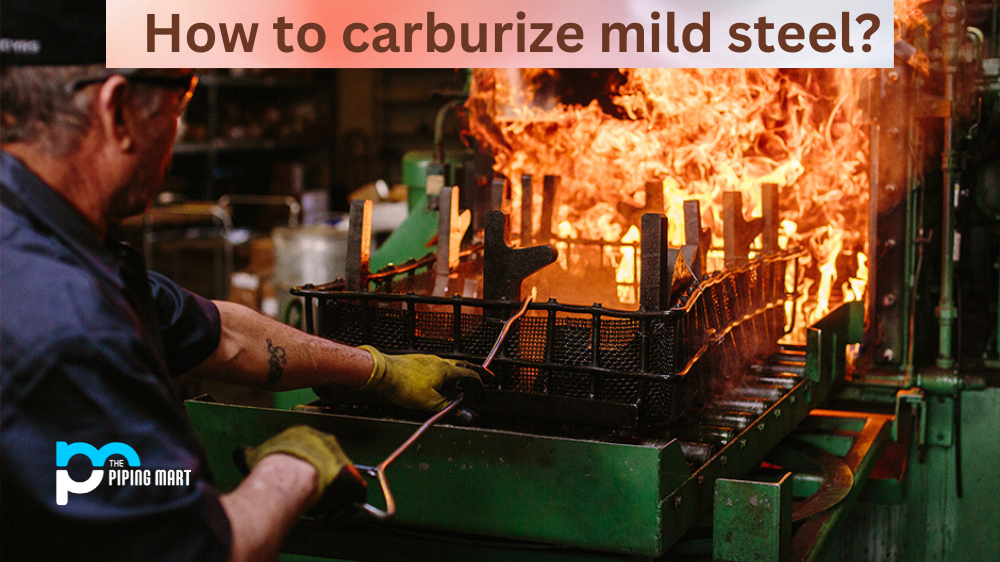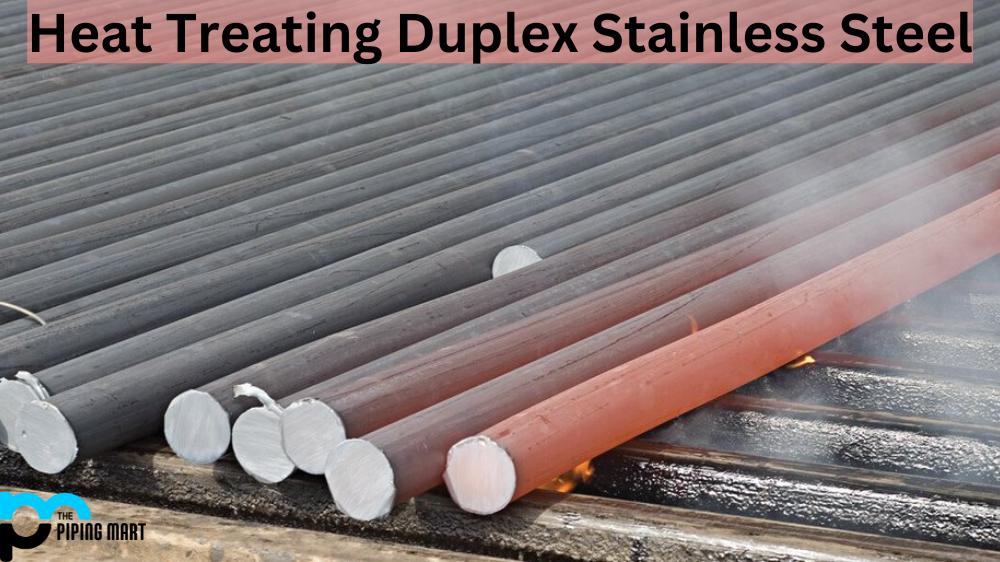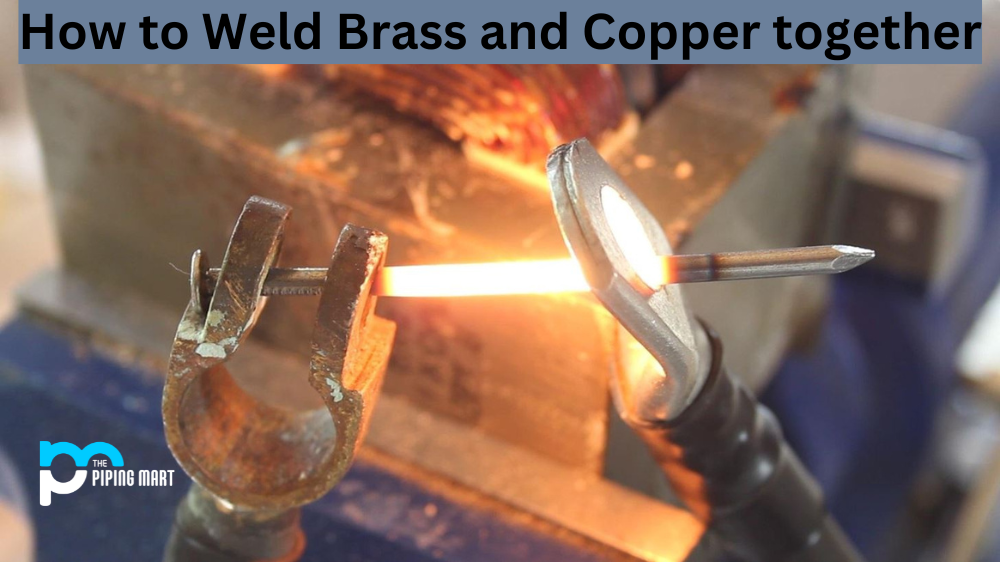Carburizing is a heat-treating process used to harden mild steel. It increases the metal’s wear resistance and surface hardness while also reducing its ductility. This process is often used in the automotive, agricultural, and aerospace industries. But how exactly does carburizing work? Read on to learn the basics of carburizing mild steel.
What Is Carburizing?
Carburizing is a heat-treating process wherein carbon is introduced into the surface layers of steel by heating it above its critical temperature—the temperature at which a material changes from austenite (a solid solution) to either ferrite or cementite (a solid solution). The heat-treated steel then undergoes quenching in oil or water, which helps to cool it quickly so that it can maintain its strength and hardness.
Process of Carburizing Mild Steel
Carburizing mild steel involves several steps. First, a thin layer of carbon-rich “pack” material—usually a mixture of carbon powder and lead oxide—is applied to the steel’s surface. This packing material helps the steel absorb the carbon during the heating process. Next, the part is heated to between 1,100°F and 1,400°F (593°C and 760°C). The exact temperature depends on how much carbon needs to be absorbed into the surface layers as well as how thick those layers need to be.
The heated part is then placed in an atmosphere-controlled furnace that has been preheated with gas or electricity. The atmosphere inside this furnace helps ensure that only the right amount of carbon is absorbed into the metal’s surface layers while also preventing oxidation during carburization. Finally, the part is cooled down slowly in order to allow for full absorption of all of the desired elements before being quenched in oil or water for final hardening.
Conclusion:
Carburizing mild steel properly requires careful attention throughout each step of this process. When done correctly, however, carburized parts can achieve incredibly high levels of hardness without sacrificing their ductility or corrosion resistance properties—making them ideal for many industrial applications, including automotive, agricultural, and aerospace components. Whether you are new to carburized parts or have experience with them already, understanding these basics will help you get started on your journey toward successfully carburized parts every time!

Meet Bhavesh, a seasoned blogger with a wealth of knowledge and experience. From metal products manufacturing to retail, Bhavesh has a diverse background in various industries and is dedicated to sharing his insights and expertise with readers.




